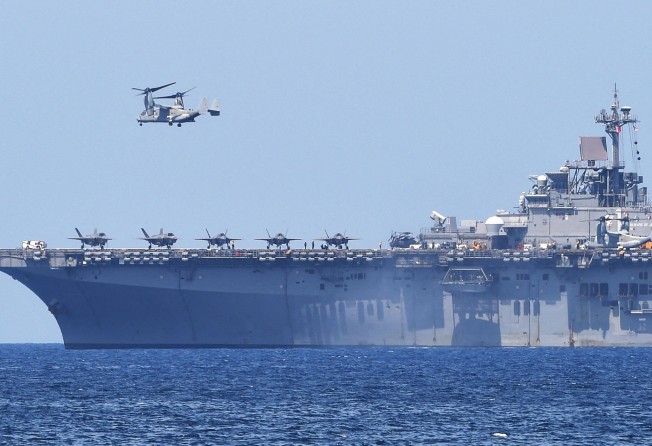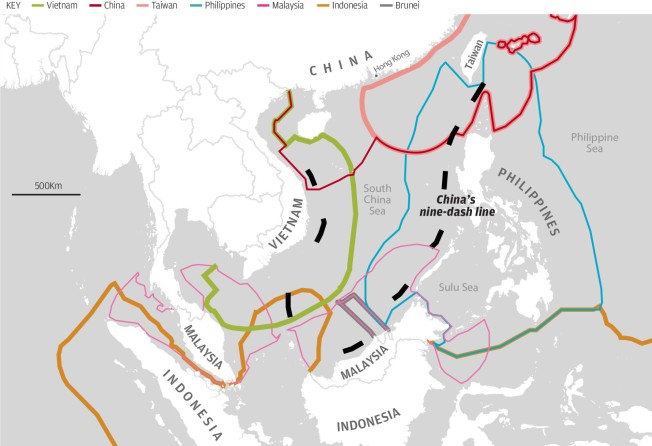
14:34
How can China and US stop stumbling towards war? David Shambaugh on Talking Post with Yonden Lhatoo

The risk of military conflict in the South China Sea is rising after the United States significantly intensified operations over the past year, a Chinese think tank has warned.
In 2021, US amphibious landing and carrier strike groups conducted 12 exercises in the South China Sea, almost double the previous year’s total, on top of at least 22 sorties by strategic bombers and 11 transits by nuclear submarines, according to an “incomplete report” on US military activities in the disputed waters.
The study by the Beijing-based South China Sea Strategic Situation Probing Initiative, which tracks open source material about operations, said there had been 1,200 reconnaissance flights, while spy ships operated in the waters for a total of 419 sea days.
It also said there had been record levels of spy plane activity – with 94 sorties in November, including 10 in one day – and one plane had come within 15.9 nautical miles (29km) of China’s airspace.
The report said there had been at least 95 US military drills in the South China Sea, including 81 with other countries.
Among them there was the largest military exercise in four decades – the “Large Scale Exercise 21” involving 25,000 personnel operating across Europe and the Indo-Pacific in which Australia, Britain and Japan were also involved.
Japan took part in 61 joint drills, more than any other US ally followed by Australia with 14, suggesting it is at the “vanguard” of Washington’s Indo-Pacific strategy.
“In 2021, there was a sharp rise in the US Armed Forces’ operations in the South China Sea compared with that in 2020, which poses increasingly high risks of China-US friction and conflict in the air and at sea,” said Hu Bo, director of the think tank.
The US military activities not only drastically increased in frequency and scale, but also featured more real-combat preparations, with China a clear target, the report said.
It cited the new US “integrated deterrence” strategy, which aims to maintain military superiority and use the latest technology and operational concepts to make its adversaries think twice.

The report’s analysis concluded that this resulted in the US strengthening its forward military presences in the South China Sea and conducting targeted activities to deter “China’s overreach”.
“In the future, deterrence and counter-deterrence, provocation and counter-provocation will be most critical strategies and tactics of US-China maritime interaction,” Hu said.
It said that last year the US had cut the number of “freedom of navigation” operations near Chinese-controlled islands and reefs to five, compared with nine the previous year, instead pressuring China in the Taiwan Strait with one warship transition a month.
But it said the focus of military competition was in the South China Sea, which is “fundamentally linked” with the Taiwan Strait. The US has maintained a presence in the triangular zone between the Chinese island of Hainan, the disputed Paracel Islands and the Bashi Channel – the route to the wider Pacific – so “military security risks in the northern waters of the South China Sea are sharply increased”, the report said.
Additional reporting by Amber Wang